*** Proof of Product ***
Exploring the Essential Features of “Kyle Peterdy – Retail, Restaurant, & Franchise Lending – CFI Education”
Retail, Restaurant, & Franchise Lending
Step into the shoes of a commercial credit professional to explore why lending to retail, restaurant, and franchise businesses is so unique.
- Appreciate how physical and technological infrastructure impact financial position
- Look at a series of adjusted ratios and how to calculate them
- Tie the various course concepts together using an example case study
Overview
Retail, Restaurant, & Franchise Lending Course Overview
This course examines the details necessary for assessing a loan for retail companies, restaurants, and franchise businesses. These businesses differ from traditional commercial borrowers and other supply chain companies. Unlike wholesalers or manufacturers, retailers and restaurants generally require high rent and occupancy costs to succeed, among other factors. This course will show you how to identify these factors and adjust for them to enable you to assess a loan for these prospective borrowers. At the end of this course, we will examine a case study using a real-world scenario.
Retail, Restaurant, & Franchise Lending Learning Objectives
Upon completing this course, you will be able to:
- Compare retail trade and food-service businesses to more traditional commercial banking clients across other parts of the supply chain
- Identify important characteristics that inform the level of credit risk associated with any given operator
- Explain what makes food-service businesses unique, as well as how franchise brands can help mitigate some industry risk
- Calculate adjusted lending ratios and interpret the differences between these and more traditional credit metrics
Who should take this course?
This course is designed for current and aspiring commercial banking professionals and credit analysts. Retail, restaurant, and franchise clients are just one category among many borrowers that a commercial banker or credit analyst will encounter. This course will prepare you with the knowledge to assess a loan for these businesses properly.
What you’ll learn
Introduction
Introduction
Learning Objectives
Download Course Files
Retail Trade
Retail Trade Background
Supply Chain
Interactive Exercise 1
Comparing Business Models
Key Differences Across the Supply Chain
The Nature of Sales
The Balance Sheet
Property, Plant, and Equipment
The Nature of Credit
Cash Conversion Cycle
Proximity to End Users
Business Model Summary
Interactive Exercise 2
Differentiating Factors
Scorecard
E-Commerce
Omni Channel Retailing
Consumer Discretionary vs. Consumer Staple
Interactive Exercise 3
Diversification of Product and Service Offerings
Loyalty and Reward Programs
Franchise vs. Independent
Geographic Diversification and Brand Recognition
Sales per Square Foot
Interactive Exercise 4
Restaurants & Food Service
Food Service Business – Context
Capacity Constraints
Smoothing Demand
Interactive Exercise 5
Mid-Way Check-in
Mid-way Check-in
Quantitative & Ratio Analysis
Key Credit Metrics
Capitalization of Off-Balance Sheet Obligations
Net Present Value
Adjusting the Balance Sheet
Interactive Exercise 6
Adjusted Leverage
Adjusted Debt Service Coverage (DSC)
Adjusted vs. Unadjusted
Comparable Store Sales Growth
Comps Growth Example – Unadjusted Growth
Comps Growth Example – Adjusted Growth
Comps Growth Example – Revenue-Weighted Growth
Download Complete Case Files
Case Study – Domino’s Pizza
Case Study – Domino’s Pizza
Physical Sites and Delivery
Digital Leadership
Geographic Strategies
Domino’s Tying It All Together
Case Study – Client Background
Case Study – Credit Metrics
Case Study – Combined Analysis
Download Complete Case Files
Conclusion
Conclusion
Qualified Assessments
Qualified Assessment
Please see the full list of alternative group-buy courses available here: https://lunacourse.com/shop/

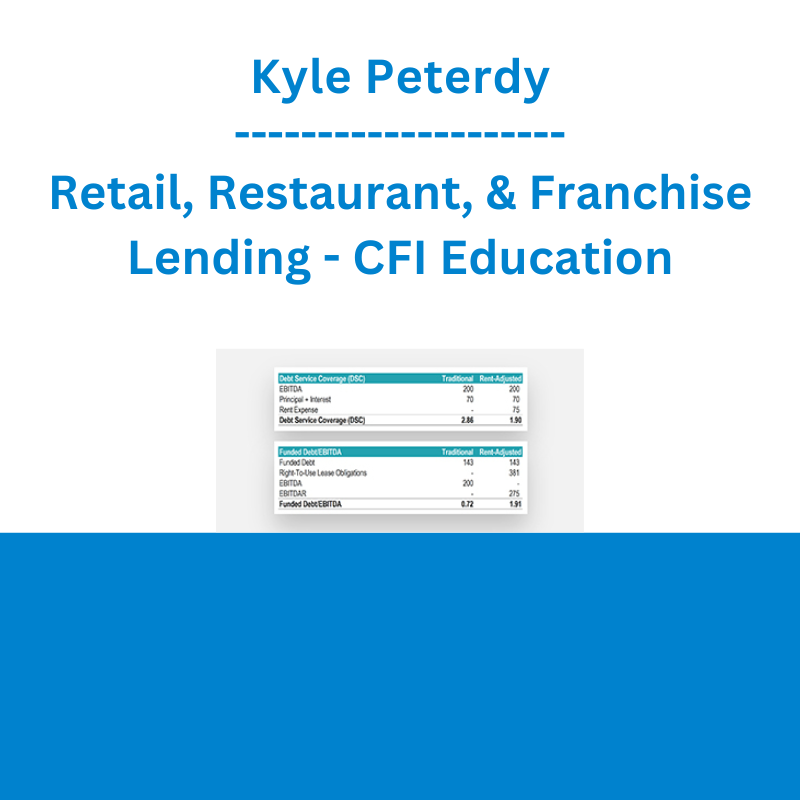

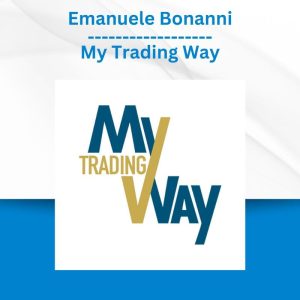





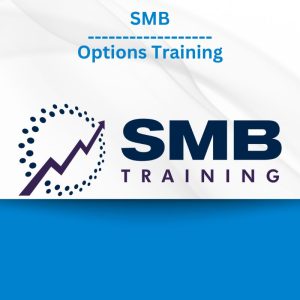
 George Fontanills & Tom Gentile - Optionetics 6 DVD Series Home Study Course (Digital Download)
George Fontanills & Tom Gentile - Optionetics 6 DVD Series Home Study Course (Digital Download)  Evolution Markets Course 2023
Evolution Markets Course 2023 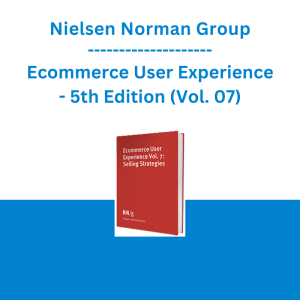 Nielsen Norman Group - Ecommerce User Experience - 5th Edition (Vol. 07)
Nielsen Norman Group - Ecommerce User Experience - 5th Edition (Vol. 07) 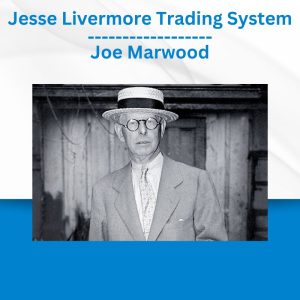 Jesse Livermore Trading System - Joe Marwood
Jesse Livermore Trading System - Joe Marwood  Matthew Kratter - Trader University
Matthew Kratter - Trader University 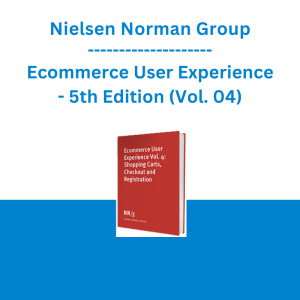 Nielsen Norman Group - Ecommerce User Experience - 5th Edition (Vol. 04)
Nielsen Norman Group - Ecommerce User Experience - 5th Edition (Vol. 04)  George Fontanills & Tom Gentile - Optionetics Wealth Without Worry Course
George Fontanills & Tom Gentile - Optionetics Wealth Without Worry Course  Simpler Trading - Bruce Marshall - The Options Defense Course
Simpler Trading - Bruce Marshall - The Options Defense Course  Alphashark - The AlphaShark SV-Scalper
Alphashark - The AlphaShark SV-Scalper  Greg Loehr - Advanced Option Trading With Broken Wing Butterflies
Greg Loehr - Advanced Option Trading With Broken Wing Butterflies